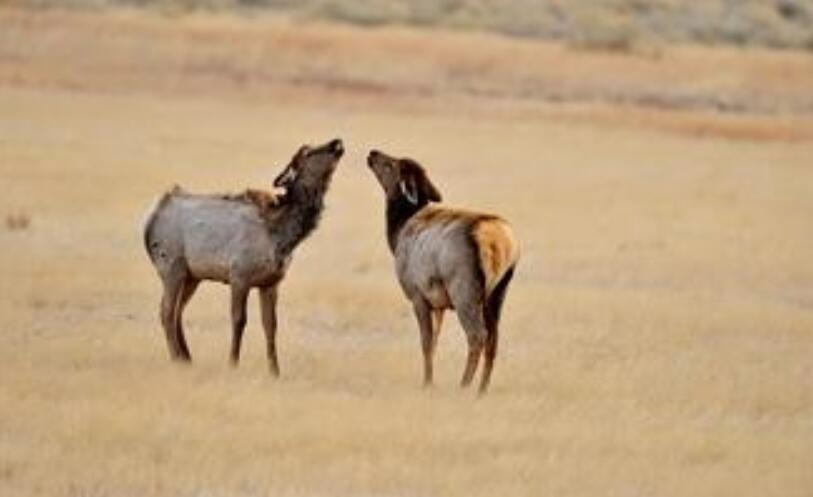Not surprisingly, such aspersions were indignantly met in America. Thomas Jefferson incorporated a furious (and, unless the context is understood, quite bewildering) rebuttal in his Notes on the State of Virginia, and induced his New Hampshire friend General John Sullivan to send twenty soldiers into the northern woods to find a bull moose to present to Buffon as proof of the stature and majesty of American quadrupeds.
这类诽谤在美国受到了愤怒的谴责,这是不足为怪的。托马斯·杰斐逊在他的《弗吉尼亚州笔记》中气愤地(而又令人费解地,除非你知道来龙去脉)进行反驳,还劝他在新罕布什尔州的朋友约翰·沙利文派20名士兵去北部丛林,找一头麋鹿送给布丰,以证明美洲四足动物的高大和威武。

It took the men two weeks to track down a suitable subject. The moose, when shot, unfortunately lacked the imposing horns that Jefferson had specified, but Sullivan thoughtfully included a rack of antlers from an elk or stag with the suggestion that these be attached instead. Who in France, after all, would know?
士兵们花了两个星期才找到合适的目标。不幸的是,麋鹿被击毙以后,他们发现它没有杰斐逊专门提到的一对威风凛凛的角,但沙利文周到地加上了一对驼鹿角或是赤鹿角,意思是,这是另外附上的。毕竟,在法国,谁会知道呢?
Meanwhile in Philadelphia—Wistar's city—naturalists had begun to assemble the bones of a giant elephant-like creature known at first as "the great American incognitum" but later identified, not quite correctly, as a mammoth. The first of these bones had been discovered at a place called Big Bone Lick in Kentucky, but soon others were turning up all over. America, it appeared, had once been the home of a truly substantial creature—one that would surely disprove Buffon's foolish Gallic contentions.
与此同时,在威斯塔的家乡费城,博物学家着手装配一头大象似的大动物的骨头。起初它被称做“不知名的美洲大动物”,后来又不大正确地被确定为一头哺乳动物。第一批这种骨头是在肯塔基州一个名叫大骨地的地方发现的,但很快在各地都发现了。看来美洲一度生活着某种大动物——那种动物肯定能证明法国人布丰的可笑论点不能成立。












